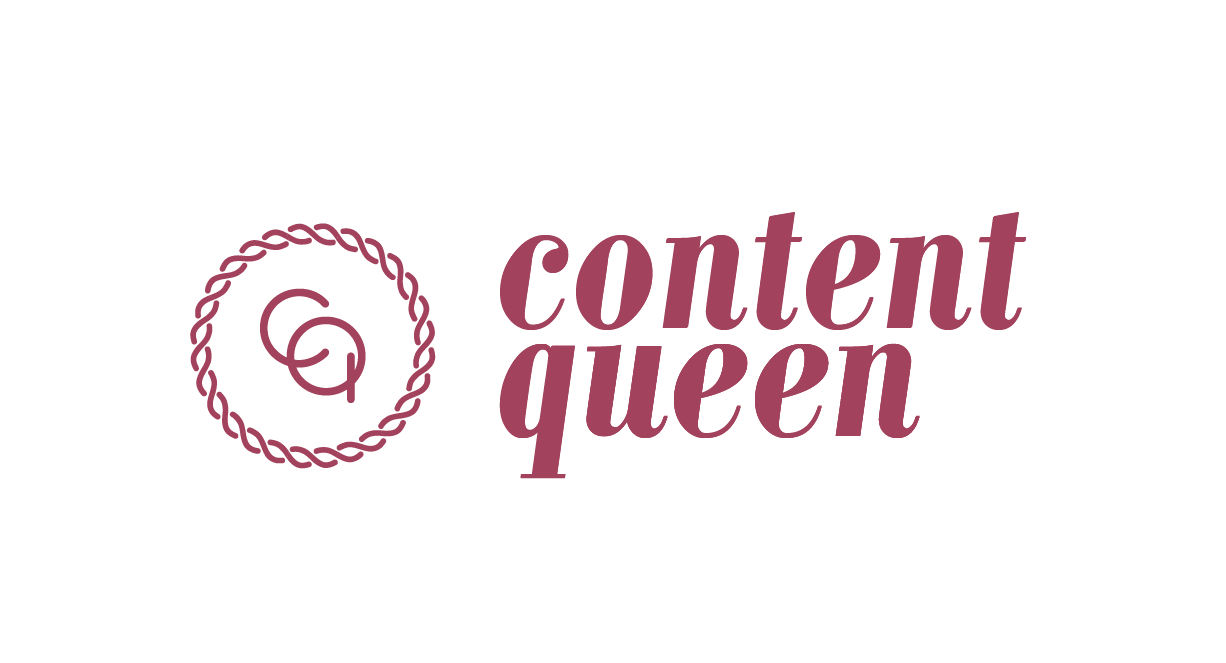The 4 formulas of storytelling for content marketing
You might have heard "tell more stories in your content", which is great. A very good and useful tip. But HOW?
That is exactly what we are set to explore on the podcast this episode! At Content Queen, we have a huge love for storytelling and content marketing and believe everyone should see the power that they can hold in your business, so what better to chat about?!
Recently, I’ve taken notice that there really aren't any simple formulas shown to entrepreneurs to educate them on HOW to actually share their story online! That is why we wanted to share with you the insights as well as the formulas to help you tell stories in your content. After this, you will be sharing ALL the stories on your social media, blogs, and podcasts!
So read along with us now!
What is storytelling in content marketing?
Storytelling is a skill that dates back hundreds and thousands of years with so many different forms around the world. Storytelling and stories, in general, hold so much value and can teach us so many things in life, they can help us share lessons, give advice, explain points and so much more.
They are so valuable that we even can use them to grow our business. That is why they are such an essential part of content marketing!
In the past, we have talked a lot about storytelling, but we want to remind you of all of this because of how much we believe it can make a difference in your content. Through our own trial and error PLUS endless content creation at Content Queen, we have found that there are 4 main story types we like to use.
These are:
Your story! Start with the one you are most familiar with, YOU! This can be all about where, why ad how your business started and your journey to getting where you are now!
Client stories: Maybe this is a journey or transformation they’ve had since working with you or maybe it is a story of results they’ve seen using your product/service. This gives a taste to your audience of what it is like to work with you.
Public domain stories. This is usually a famous story that everyone knows, you can take this story and relate it to a lesson or teachable moment in your content. Public domain stories are great for comparisons and relatability because 99% of the time, your audience will already understand what the story is.
Analogies or hypothetical stories: This is a made-up story that helps you to share a lesson or explain a point to your target audience. It can really be used when you need to expand on a point so your target audience understands, but you may not have a personal experience that relates to that point.
These 4 types of stories are just the tip of the iceberg of what storytelling can do for your business. Telling stories in your business can increase your trustworthiness by 47% PLUS it can increase the perceived value of whatever you’re trying to sell by 63,000% like WHAT?!, isn’t that insane? We’ve learnt some other really cool stats about storytelling in business in this week’s podcast (and yes we expand on them too) so click the big button below to give that a listen!
What are the formulas for storytelling in content online?
There are so many forms of stories and formulas/strategies on how to set them up for your audience, many of which are effective in getting your point across. However, there are 4 (which seems to be the magic number today) that we like to utilise at Content Queen:
The Goldilocks formula: This formula begins with who or what was happening before, then follows with the trigger point (or an obstacle/ something you have to change to find a solution), and then how you figured it out and tried out the solution. From here you can explain the transformation and what solution ended up working the best, after this you can then invite people to do something or follow a call to action.
Sandwich formula: It can be as simple as starting with a story, having a value in the middle, and then finishing with a story. This is great for social media content as there can be so much value added in a short space of time. For example, you can start with a hook to draw people in and then continue with the beginning and background of your story, then add your tip and education. After this, make sure to include your transformation and the end of the story, PLUS always remember to ask your audience to do something, including a call to action will prompt this.
Tip and story or story then tip formulas: These are great for blogs, podcasts and videos too! If you start with a story and then share a tip, this draws the target audience in by giving them something relatable and then sharing something of value at the end as a closing thought to take away. If you start with a tip then the story, it opens up the content with a quick tidbit, usually addressing a common pain point, then gives an explanation entwined with a story to give the audience something of value to take out of it.
Sharing/tapas style: Don’t be afraid to share your stories with others in your direct messages, especially if someone reaches out with a question that relates to your answer for them. You can then answer similar questions like this in the comment section too, if someone has a question or even just a statement, you can say something like “That happened to me when XYZ happened”.
While these are the formulas we typically use, they can be altered and changed to suit your business or the piece of content that you are sharing. Remember that with these, there are also external stories (what happened with others) and internal stories ( your thoughts and feelings and what you are now) that you can also share in conjunction with the 4 above!
So next time you are sharing content, ask yourself how you can add value by sharing a story!
How to implement storytelling in our marketing?
We will always recommend that every business owner or content creator out there tries out storytelling for their brand. We have seen so much success from it and we want to see you reach that too! So, if you’re interested in implementing storytelling in your marketing, here are some suggestions on how you can do that!
Firstly, have a vault of stories ready to go and test them. Whenever something happens in life (good and bad make great stories) note it down wherever you take notes and come back to them when you have content to explain! Test which ones work and which don’t through your analytics and then you’ll see which formula/strategy to continue using.
Keep sharing the story! Yep, you can ABSOLUTELY tell your stories more than once, and don’t be afraid to do that! People get so much from it and pull different pieces of value each time, so keep sharing!
Have a strategy and work on how your stories can fit into this strategy. Of course, this doesn't come without testing, trialling, and measuring what stores work for you and what stories don’t but that’s okay. Luckily, we have just the thing you need to get started, click the button below to get your hands on our Storytelling Guide and start developing your story!
I need help to:
Learn how to tell my unique story online
Start with content marketing strategy
Find out the content channel I should use
Not sure what I need. Can we please chat?
Final thoughts
Storytelling is a HUGE part of Content Queen, it is something we absolutely live by and we hope you give it a chance too. Your content should always feel memorable and relatable, and adding a story will help this happen, so make sure to remind yourself to always try and add value to the content you are creating so it sticks with your audience.
Adapting this kind of mindset is super useful in all forms of content creation. We know through lots of experience that storytelling works. If you can find a lesson behind the story you are telling to share with your audience, you're winning!
To take your storytelling journey further or to even start you off on the right track, follow the button above or click here for our Storytelling Guide, and see where your stories can take you!







